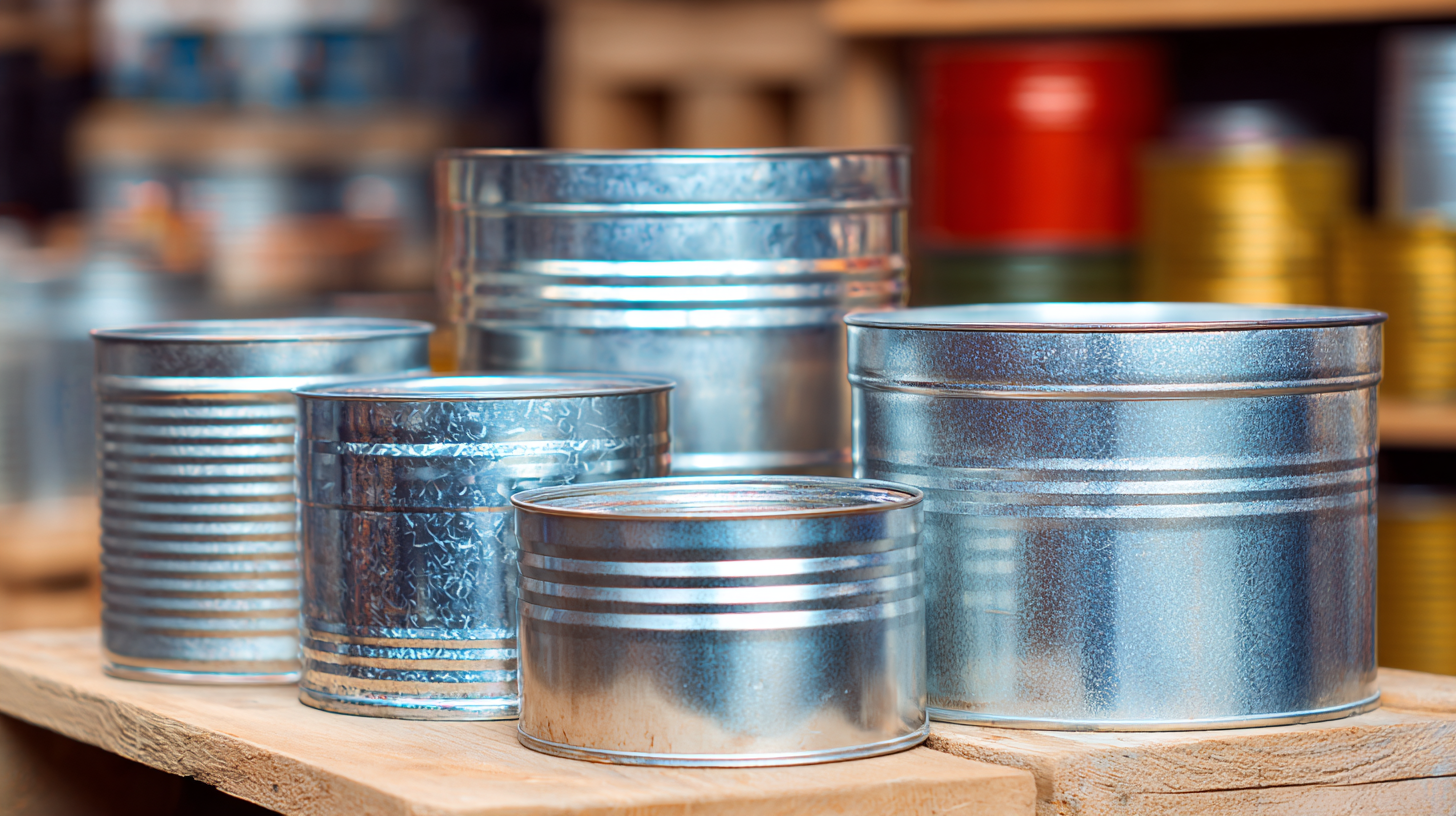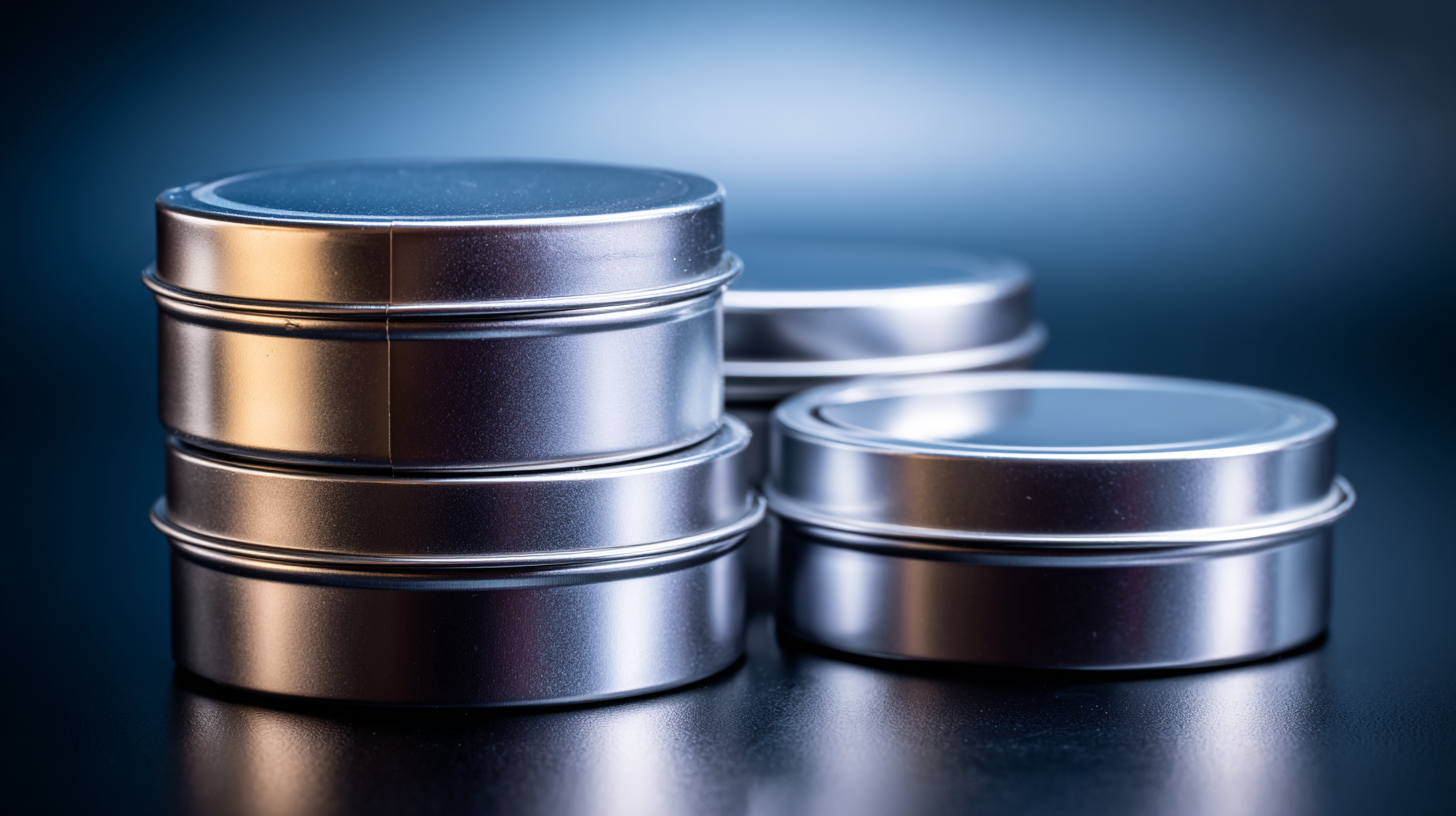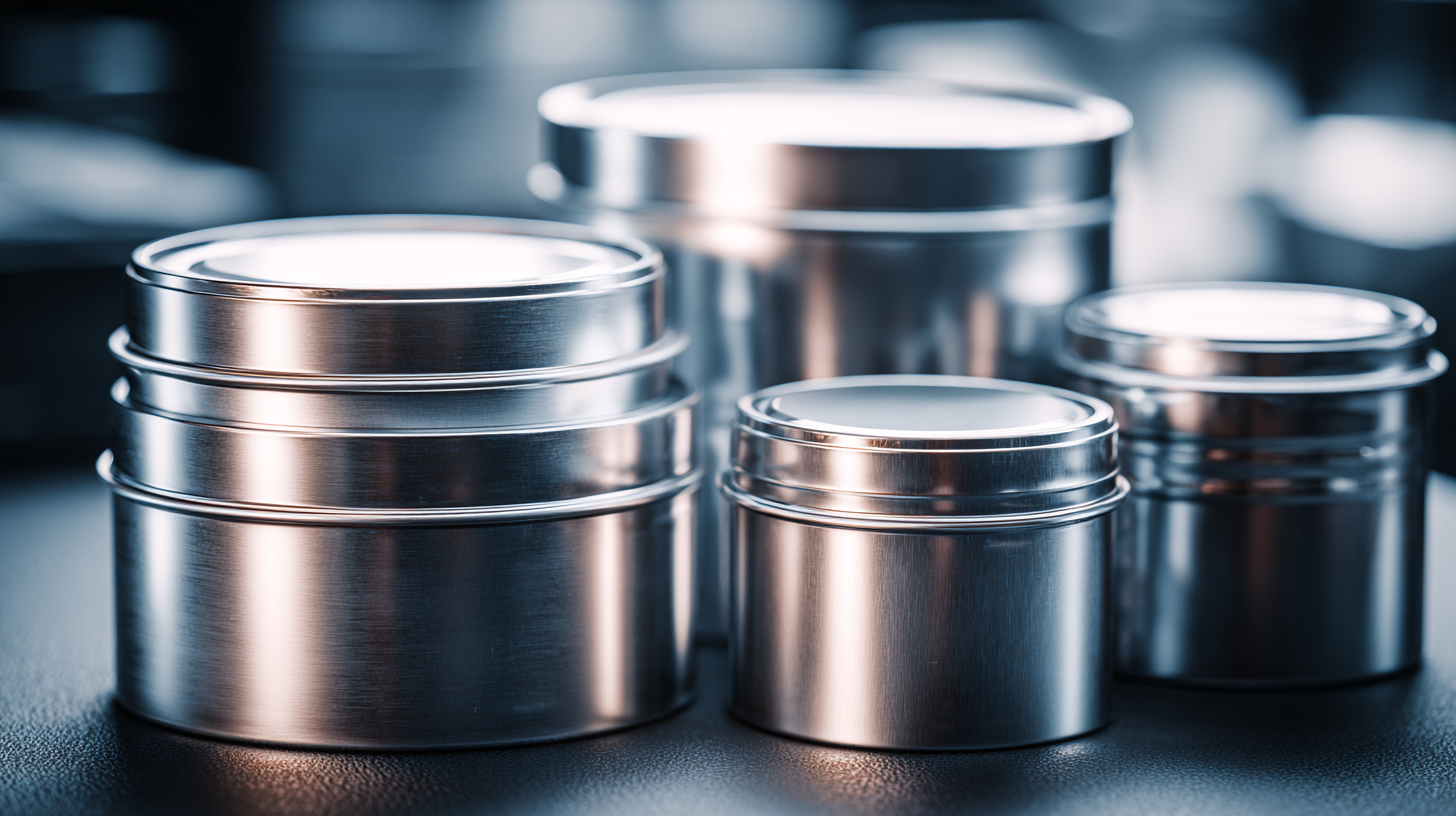 +8618680445103
+8618680445103
Free Standard Samples can be provided for you to check the quality.
Leave Your Message
Choosing the right packaging for your products is a crucial aspect of running a successful business, and this is where Metal Tin Containers come into play. Ideal for a variety of industries, these sturdy and versatile containers not only protect your merchandise but also enhance the aesthetic appeal of your brand. In this ultimate guide, we will explore the essential factors to consider when selecting the best Metal Tin Containers for your specific business needs. From understanding different sizes and shapes to evaluating material quality and customization options, we will provide you with valuable insights that can help you make informed decisions. Whether you are in the food industry, cosmetics, or crafts, knowing how to choose the right Metal Tin Containers can elevate your product’s presentation and secure customer satisfaction. Let’s dive into the details to ensure your packaging perfectly aligns with your brand vision.

As we approach 2025, the design of metal tin containers is being significantly shaped by emerging technologies that cater to sustainability, customization, and enhanced functionality. According to a recent report from Smithers Pira, the global market for metal packaging is projected to reach $200 billion by 2025, driven largely by consumer demand for eco-friendly and recyclable materials. This shift is prompting manufacturers to incorporate innovative designs that not only reduce material waste but also enhance the reusability of metal tins.
Advancements in digital printing technologies are enabling businesses to produce highly customizable tin designs at a lower cost. A study by Grand View Research indicates that the adoption of digital printing on packaging is expected to grow at a CAGR of 13.5% through 2027, which will allow companies to create bespoke packaging solutions that resonate with consumers. Additionally, smart packaging technologies are emerging, with the integration of RFID chips and QR codes allowing for interactive customer experiences. This not only enhances brand engagement but also offers companies valuable data on consumer behavior, aiding in strategic marketing efforts.
As businesses increasingly prioritize sustainable practices, eco-friendly tin containers have emerged as a top choice for packaging solutions. The global sustainable packaging market is undergoing rapid growth, with expectations to reach from USD 305.19 billion in 2025 to USD 552.45 billion by 2035. This surge reflects a significant shift in consumer preferences towards environmentally responsible options.
 Tin containers, expertly crafted from sustainable materials, provide a versatile solution that aligns with these eco-conscious trends.
Tin containers, expertly crafted from sustainable materials, provide a versatile solution that aligns with these eco-conscious trends.
Moreover, regulatory changes in regions like the EU have mandated the use of recycled materials in packaging, pushing industries to rethink their material choices. Similar strategies are evident in the metal cans market, projected to reach USD 81.5 billion, emphasizing the shift towards materials that not only serve functional purposes but also contribute to a more sustainable future.
By investing in metal tin containers, businesses can effectively reduce their environmental impact while attracting a growing segment of eco-aware consumers seeking sustainable product options.
In today's rapidly evolving packaging landscape, the integration of technology into metal tin solutions is becoming increasingly vital. The emergence of Packaging 4.0 is characterized by the use of cutting-edge technologies such as Artificial Intelligence (AI), the Internet of Things (IoT), blockchain, and robotics. These technologies not only streamline operations but also enhance sustainability, allowing businesses to meet consumer demands for eco-friendly packaging. For instance, AI can optimize supply chain management by predicting demand patterns, while IoT-enabled devices facilitate real-time tracking of products, ensuring both efficiency and transparency.
Moreover, innovative advancements in nano-biosensor technology are transforming how industries address safety and environmental challenges. These sustainable, bio-based nanosensors, developed from plant-derived materials, play a crucial role in various sectors, including healthcare, agriculture, and food safety. By incorporating these smart sensors into packaging solutions, businesses can monitor product integrity, detect contaminants, and ensure optimal freshness, thereby boosting consumer confidence. As companies move towards smarter and more sustainable practices, the integration of these technologies in metal tin packaging will not only meet regulatory requirements but also support a commitment to environmental stewardship.

The customization of metal tin containers has become a prominent trend in various industries, catering to the unique needs of businesses aiming for brand differentiation and consumer engagement. Businesses are increasingly recognizing that tailored packaging not only enhances the aesthetic appeal of their products but also strengthens their brand identity. By using customized designs, colors, and finishes, companies can create a lasting impression that resonates with their target audience. This evolution in packaging goes beyond aesthetics, as it allows businesses to convey their values and connect with consumers on a deeper level.
The US market has seen significant growth in the demand for customized metal containers, driven by changing consumer preferences and the rise of e-commerce. As more brands seek to establish a dedicated presence online, the need for distinctive packaging becomes even more critical. A well-designed metal tin can serve as a dual-purpose tool, functioning as both storage and a marketing asset that tells a story about the brand. With the right customization options, businesses can not only meet their packaging needs but also elevate their product offerings, thereby enhancing customer satisfaction and loyalty.
The supply chain for metal tin containers is undergoing significant innovations that are directly impacting their availability and pricing. According to a report by Smithers Pira, the global market for metal packaging is expected to reach $140 billion by 2025, with a growing emphasis on sustainable materials and production processes. This shift is prompting suppliers to adopt new technologies, such as automation and advanced tracking systems, which streamline the production and distribution of tin containers. Consequently, businesses are experiencing fluctuations in container availability, influenced by these enhancements in the supply chain.
In addition, recent data from the Metal Packaging Europe organization indicates that the cost of raw materials for tin containers has risen by approximately 15% over the past year due to increased demand and supply chain disruptions. This trend can be attributed to the global recovery from the pandemic, coupled with geopolitical tensions that have affected resource extraction and transportation. As a result, companies must be strategic in their sourcing decisions, as the ongoing changes in supply chain logistics are likely to influence pricing strategies and overall operational efficiency in the metal tin container industry.
